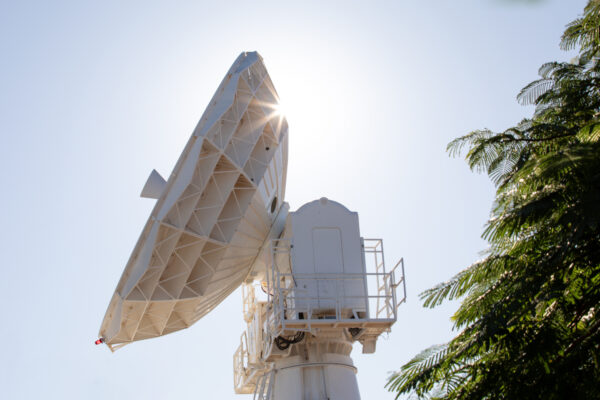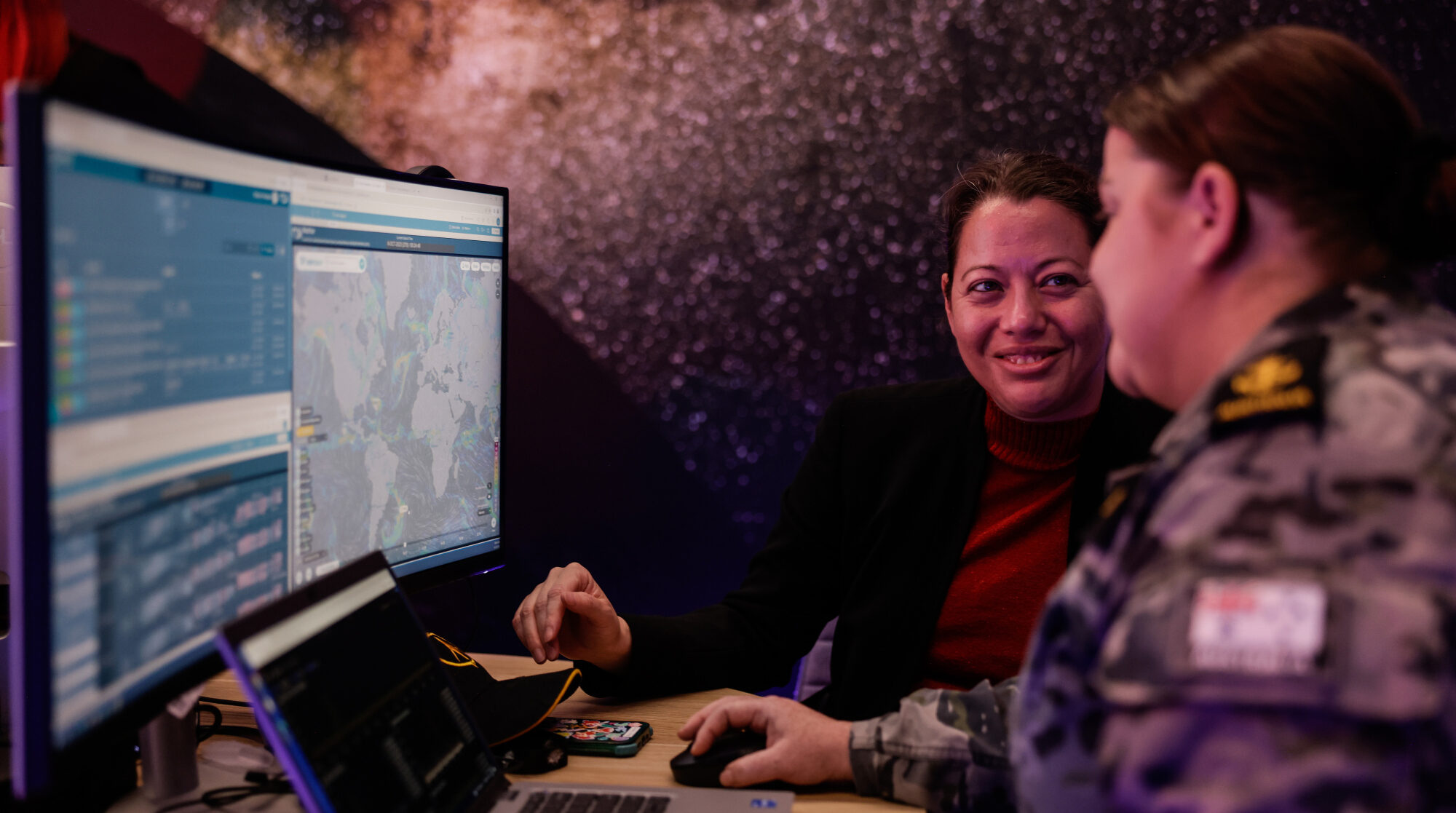DEFENCE WATCH
Space
And the Australian Defence Force (ADF) says it is joining a consortium to launch a Low Earth Orbit satellite in 2028.
The ADF is to spend $4 million on the project which will see Optus lead a consortium that involves the University of Southern Queensland, University of South Australia, Adelaide-based space firm Inovor Technologies and the Federal Education Department.
The focus comes amid current tests and demonstrations during the multinational Exercise Talisman Sabre being held across northern Australia and PNG.
The ADF will also recruit staff for a specialised space workforce working in areas like satellite communications and operations, positioning, navigation and timing, intelligence and surveillance activities.
Defence Personnel Minister Matt Keogh describes space as “a critical operational domain”.
“By establishing a permanent space workforce, we are preparing Defence to lead, integrate and innovate in this contested and congested environment.
“Space capabilities will play a critical role in the execution of activities as part of Talisman Sabre 2025 alongside existing operational domains of maritime, land, air and cyber,” he says.
“People are at the centre of our advantage. The evolving space domain demands highly specialised roles and will provide our people with opportunities to shape how Australia operates in space.”
During Talisman Sabre, Defence personnel are working with international partners in a Joint Commercial Operations (JCO) Pacific Cell to carry our real-time and on-demand space demonstrations from Townsville.
The ADF says likely space missions will include satellite communications; positioning, navigation and timing; space domain awareness; missile warning; satellite operations; space control; intelligence, surveillance and reconnaissance; and environmental monitoring.
During a visit to Townsville, Keogh saw first-hand the work of the Joint Commercial Operations (JCO) Pacific Cell as it carried out space activities.
The Cell involves personnel from Australia, New Zealand, Japan, Canada and South Korea with the support of the Australian Bureau of Meteorology’s space weather team.

NZDF BOOSTING SPACE CAPABILITIES
Meanwhile, the Royal New Zealand Air Force has reactivated No. 62 squadron as its first dedicated space unit.
NZ Defence Minister Judith Collins says that “space is vital for modern life”.
“We rely on space-based infrastructure for a range of critical services, from weather observation to financial transactions.
“This is an important signal that we’re taking space security seriously,” she says.
No. 62 Squadron was originally active during World War II to provide radar support to Allied operations. Now, its mission shifts to space domain awareness.
“Recent global developments have highlighted the need for resilient, advanced defence capabilities,” Collins says.
Wellington is also setting up new rules to deter foreign interference from space in that country’s satellite control and surveillance systems.
Collins says there have been several attempts in the last five years to steal NZ data.
The NZ government has also approved a permanent test flight airspace to the Canterbury-based National Aerospace Centre to allow companies to test next-gen space and aviation technology.






